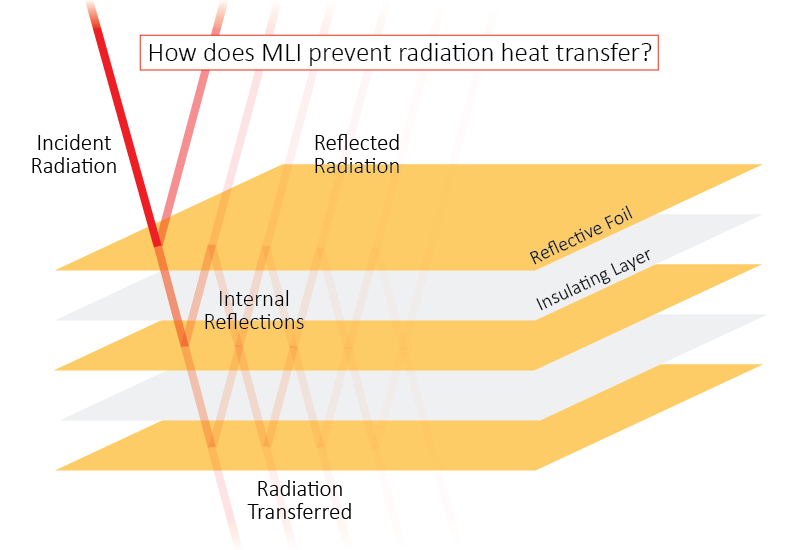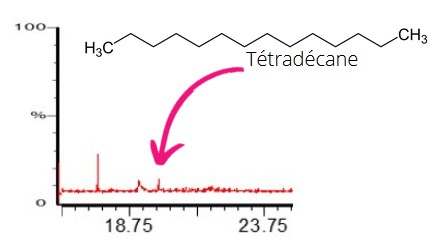During the structural analysis by
GCMS traces of
tetradecane were noted, probably coming from aliphatic oils present during the design or transport of this insulator.
Regarding the
Pyrolyzer/GCMS analysis, we noticed a higher amount of
PDMS siloxane in the non-compliant sample, which would probably come from a silicone oil.
We also noted the presence of traces of
acrylic matrices , probably due to the presence of adhesives.
The nitrogen resistance test did not reveal any malfunction or degradation of the material.

 EN
EN
 FR
FR

